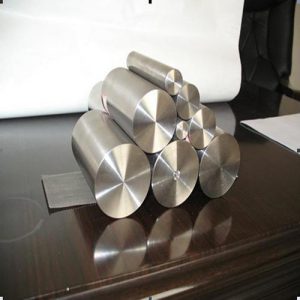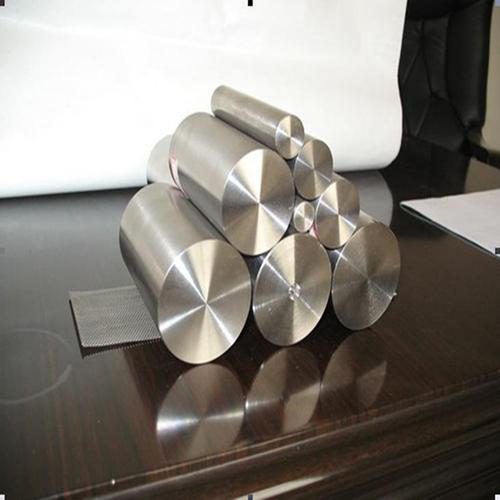The atomic sequences of tantalum (Ta) and niobium (Nb) are 73 and 41, respectively, both of which are located in the VB family of excessive elements. They are often symbiotic in nature and are important refractory rare metals. They look like steel, with off-white luster, and the powder is dark gray. They have excellent properties, including a high melting point, high boiling point, low vapor pressure, good cold workability, high chemical stability, strong resistance to liquid metal and acid and alkali corrosion, and high dielectric constant of the surface oxide film, etc.

Tantalum and niobium metals and their compounds and alloys are important functional materials, which has important applications in the technical fields of electronics, steel, metallurgy, chemicals, hard alloys, atomic energy, aerospace, and other industrial sectors as well as strategic weapons, superconducting technology, scientific research, medical devices and so on.
Applications of tantalum and niobium
Tantalum and niobium are similar in nature and can be replaced in many application areas. However, their respective characteristics have led to the use of tantalum in industries such as electronics, metallurgy, chemicals, and hard alloys.
Electrolytic capacitors made of tantalum metals in the electronics industry have outstanding characteristics such as large capacitance, small leakage current, good stability, high reliability, good pressure resistance, long life, and small volume. They are widely used in national defense, aviation and aerospace, electronic computers, high-end civilian electrical appliances, and electronic circuits of various electronic instruments. Niobium is used in industrial-grade superconducting technology such as steel, ceramics, and nuclear energy.
In today’s world, about 65% of the total tantalum is used in the electronics industry, and about 87% of the total niobium is used in the steel industry. With the advancement of technology, the application fields of tantalum and niobium and their alloys and processed materials will continue to expand.
Tantalum can store and release energy, which is indispensable in the electronics industry, so tantalum capacitors consume more than half of the world’s mine production.
The tantalum-based components can be made very small, and other chemical elements cannot be used as substitutes without degrading the performance of the electronic device, so tantalum is almost ubiquitous as a component application, such as mobile phones, a hard disks, and a hearing aid.
In the chemical industry, the corrosion resistance of tantalum is very good and it is used as a lining for pipelines and tanks. Tantalum carbide has a high hardness and is an ideal material for manufacturing cutting tools, and tantalum oxide can increase the refractive index of glass lenses.
Current supply and demand situation
Before the end of 2011, the industry was generally operating in a benign environment. The front end of tantalum niobium production has a large space, the intermediate wet smelting and fire smelting also have a certain profit, and the back end high specific volume of tantalum powder and tantalum wire production and sales market also has a large operation space. However, since the second half of 2012, with the emergence of the global financial crisis, such applications as tantalum niobium are relatively narrow and the consumer sector has been greatly affected by the high-end electronic products industry.
The trend of the tantalum niobium market
At present, the production in the tantalum niobium industry is mainly based on wet smelting and pyrometallurgical smelting. The products produced are mainly potassium fluoroantimonate, antimony oxide, antimony oxide, antimony carbide, antimony wire, metallurgical grade tantalum powder, and some coffin materials.
At present, the domestic demand for tantalum niobium is 800~1000 tons, and the national production capacity is about 140~150 tons. Most of the rest of the raw materials are all dependent on African imports.
Most of the exported antimony mines in Africa are also known as “African blood mines”, which refer to war-plunging low-cost minerals that are arbitrarily harvested and dug in the African region at the expense of polluting the environment and destroying resources. African mines are affected by the instability of the regional political and economic environment and have greater volatility. Its products contain high levels of unfavorable elements such as antimony, uranium, and thorium, which have certain adverse effects on product quality and environmental protection requirements of downstream products; Moreover, the delivery period of the mine is long and the safety cannot be fully guaranteed. To this end, the International Electron Association has classified it as a source of minerals that are not allowed to enter the normal market.
Stanford Advanced Materials supplies high-quality tantalum niobium products to meet our customers’ R&D and production needs. Please visit https://www.samaterials.com/ for more information.
